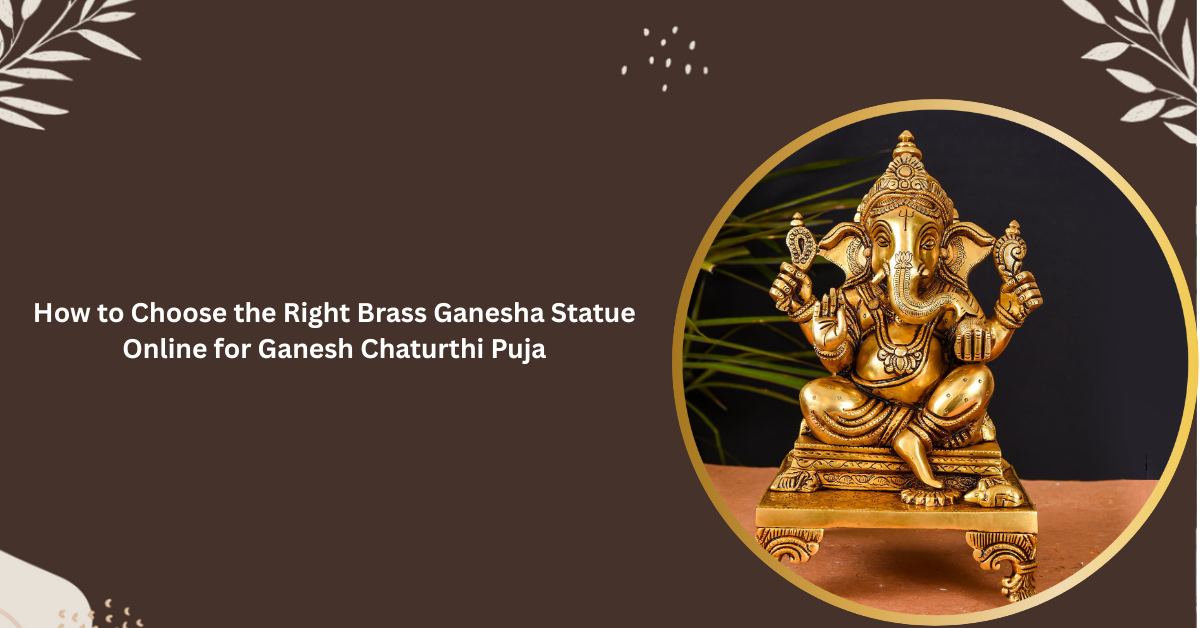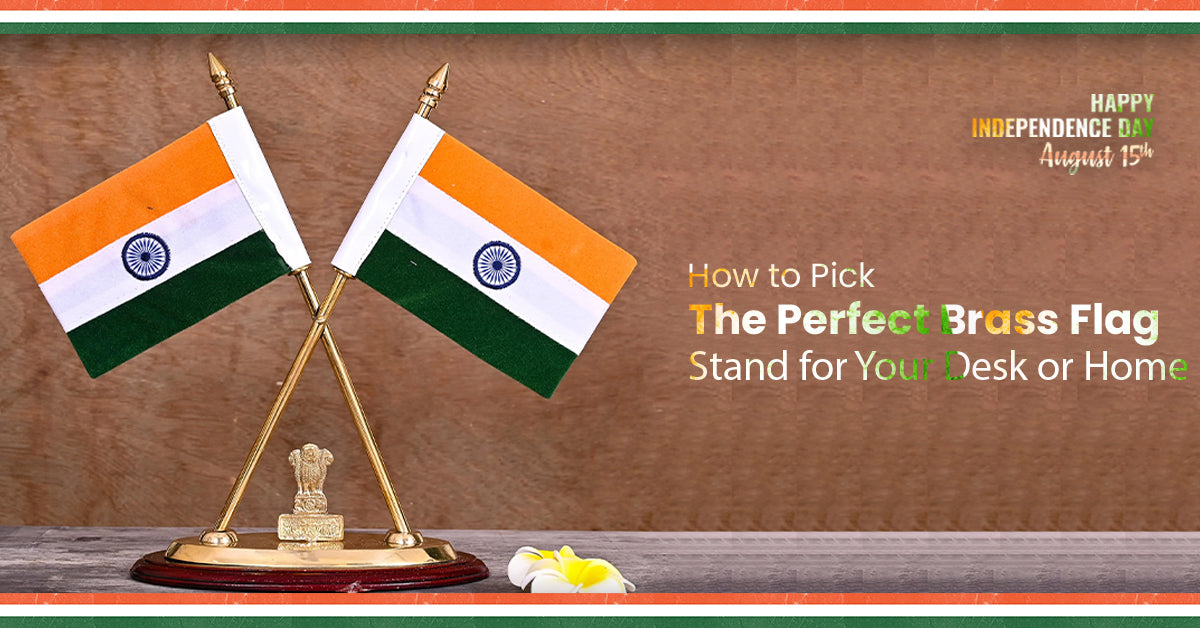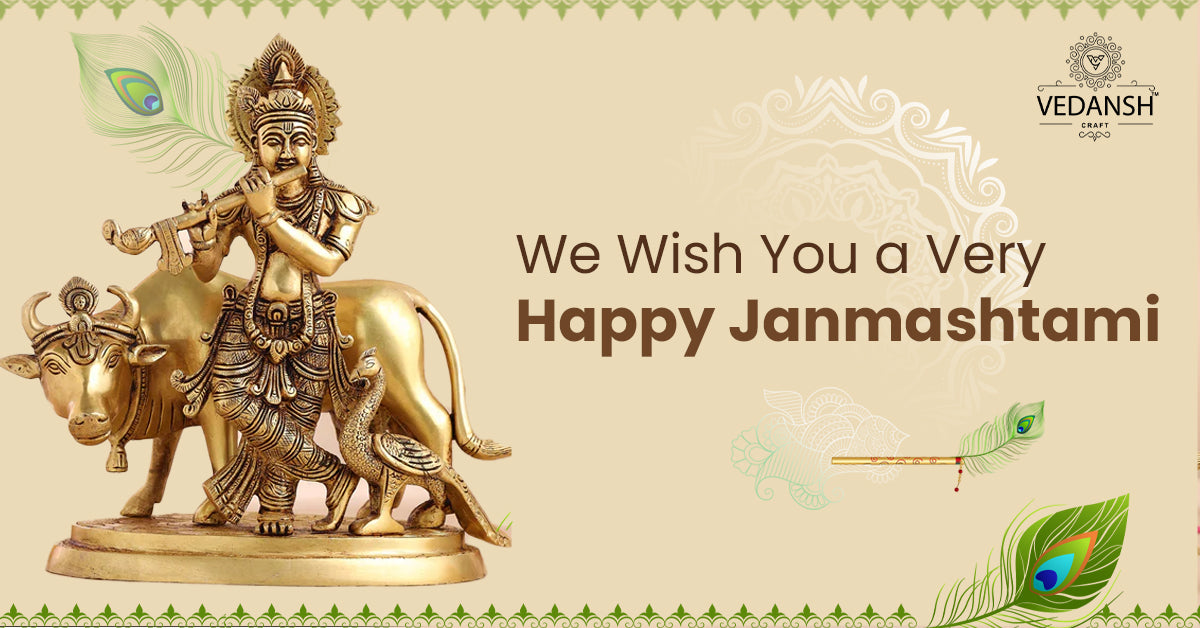

10 Avatars of Vishnu
, by javed techqart, 8 min reading time
In the vast tapestry of Hindu mythology, few deities are as revered and beloved as Vishnu, the preserver in the sacred Trinity. Alongside Brahma, the creator, and Shiva, the destroyer, Vishnu plays a pivotal role in maintaining cosmic order and protecting the world from chaos. A captivating aspect of Vishnu's divine nature lies in his ability to descend to Earth in various forms known as avatars. These avatars are not merely tales of ancient legends; they carry profound spiritual teachings and moral lessons, leaving an indelible mark on the hearts and minds of devotees.
Let’s embark on a journey to explore the captivating realm of Vishnu's avatars, delving into the stories that have captivated generations and have been passed down through the ages. Each avatar, from the ferocious Narasimha to the wise and playful Krishna, holds a unique significance and embodies the timeless ideals of dharma, devotion, and righteousness.
Amidst the enchanting lore of Vishnu's avatars, devotees express their reverence through a tangible form of devotion, crafting sacred items such as the Brass Vishnu Idol, the Vishnu Lakshmi Brass Idol, and the Vishnu Bhagwan Statue. These artifacts symbolize the eternal bond between the divine and the human, manifesting faith and spiritual connection.
Let us venture into the wondrous world of Vishnu's avatars, where timeless wisdom, heroic deeds, and divine compassion intertwine to inspire and illuminate the hearts of millions across the globe.
Vishnu: The Preserver
In the sacred Trinity of Hinduism, Vishnu holds the crucial role of the preserver. As one of the three principal deities, alongside Brahma, the creator, and Shiva, the destroyer, Vishnu's divine duty is to maintain harmony and order in the universe. While Brahma is responsible for creating the cosmos, and Shiva oversees its dissolution, Vishnu ensures that the cycle of life and existence endures through preservation.
Vishnu's preservation extends to the sustenance and protection of all life forms, guiding them along the path of righteousness (dharma). He embodies the compassionate force that safeguards the world from destructive forces and seeks to restore balance whenever threatened. As the preserver, Vishnu remains an unwavering source of divine benevolence, inspiring devotees to uphold moral values and live virtuously.
Attributes and Symbolism Associated with Vishnu
Vishnu is often depicted with distinct attributes and symbols that reflect his divine nature. One of the most prominent symbols associated with him is the shankha, which he holds in one of his four hands. The sound of the conch represents the primordial sound of creation, symbolizing the origin of life and the divine cosmic vibration.
Another essential symbol is the chakra that Vishnu wields in another hand. The chakra signifies the eternal cycle of time and the ever-revolving wheel of existence. It is also a powerful weapon that Vishnu employs to defeat evil and protect the righteous.
Vishnu is commonly depicted with blue skin, representing his vast and infinite nature. His physical appearance embodies a sense of calmness and tranquility, reflecting his composed and steady presence as the preserver of the universe.
Why does Vishnu take on Avatars?
Vishnu's avatars, known as incarnations, are a remarkable aspect of Hindu mythology. These divine manifestations occur when the world faces grave threats and unbalances in its natural order. Vishnu descends from his celestial abode, Vaikuntha, to the mortal realm, taking on various forms to address the pressing challenges that jeopardize dharma and the well-being of humanity.
By incarnating as mortal beings or other living forms, Vishnu can directly interact with the earthly realm and guide humanity to righteousness. Through his avatars, he imparts invaluable lessons, teachings, and moral principles to inspire individuals to lead virtuous lives and fulfill their duties.
Vishnu's avatars serve as a source of hope and reassurance for devotees, demonstrating that even the divine intervenes throughout history to protect the righteous and restore harmony. Each avatar's narrative carries a profound spiritual message, illustrating the eternal battle between good and evil and the ultimate triumph of righteousness.
The Dashavatara: Ten Primary Avatars of Vishnu
Vishnu's avatars are captivating and enlightening, showcasing the divine's intervention to uphold righteousness and restore the cosmic balance. Ten are considered primary and collectively known as the Dashavatara among his numerous incarnations. Each avatar represents a distinct aspect of Vishnu's cosmic mission, and their stories continue to inspire devotion and spiritual contemplation among millions of followers worldwide.
1) Matsya Avatar (Fish Incarnation)
The tale of Matsya Avatar begins with the appearance of a massive golden fish. Vishnu incarnates as Matsya to save humanity and various life forms from a catastrophic flood that threatens to submerge the world. He advises the virtuous sage Manu to construct a massive boat, guiding him through the turbulent waters. During this avatar, Vishnu carries the Brass Vishnu Idol, which devotees revere as a symbol of divine protection during adversity.

2) Kurma Avatar (Tortoise Incarnation)
In the Kurma Avatar, Vishnu transforms into a giant tortoise to assist the gods and demons churn the cosmic ocean. The churning is done to obtain the nectar of immortality (amrita) from its depths. During this divine endeavor, Vishnu supports the mountain used as the churning rod on his back in the form of a tortoise. Devotees often create the Vishnu Lakshmi Brass Idol, depicting Vishnu and his consort Lakshmi, symbolizing prosperity and divine blessings.

3) Varaha Avatar (Boar Incarnation)
The Varaha Avatar sees Vishnu appearing as a mighty boar to rescue Goddess Earth (Bhudevi) from the demon Hiranyaksha, who had submerged her in the cosmic ocean. In this epic battle, Vishnu defeats the demon and lifts the Earth from the depths using his tusks. Devotees often create the Vishnu Bhagwan Statue, an artistic representation of Vishnu's Varaha Avatar, symbolizing his benevolence and protective nature.

4) Narasimha Avatar (Half-Lion, Half-Man Incarnation)
The Narasimha Avatar narrates the story of Vishnu taking the form of a fierce half-lion, half-man being, to defeat the demon king Hiranyakashipu. This powerful demon had been granted a boon that rendered him nearly invincible, leading Vishnu to assume this unique form to defeat him. Devotees deeply revere the Narasimha Avatar as a symbol of protection against evil forces and often create intricate Brass Vishnu Idols to adorn their homes and places of worship.

5) Vamana Avatar (Dwarf Incarnation)
In the Vamana Avatar, Vishnu appears as a dwarf Brahmin named Vamana. He approaches the generous demon king Bali and humbly asks for three steps of land. Once granted, Vamana grows to cosmic proportions, covering the entire universe in just two steps, demonstrating the significance of humility and devotion. Devotees create Vishnu Lakshmi Brass Idols to honor the divine couple's presence in their lives, seeking prosperity and spiritual growth.
![]()
6) Parashurama Avatar (Warrior-Sage Incarnation)
Parashurama, the warrior-sage, is an avatar of Vishnu born to eradicate evil and restore dharma on Earth. He wields the mighty axe called Parashu, which symbolizes his warrior nature. Devotees often craft Vishnu Bhagwan Statues, paying homage to Vishnu's Parashurama Avatar and seeking his guidance in facing life's challenges with courage and righteousness.

7) Rama Avatar (Prince Rama)
Rama, the noble prince and protagonist of the epic Ramayana, is one of the most beloved avatars of Vishnu. His divine mission is to rescue his beloved wife, Sita, from the demon king Ravana. Devotees create Brass Vishnu Idols that depict Rama with his bow and arrow, signifying his unwavering commitment to duty and righteousness.
![]()
8) Krishna Avatar (The Playful God)
Krishna, the enchanting and playful avatar, captivates the hearts of millions with his divine pastimes and teachings. Devotees often create Vishnu Lakshmi Brass Idols, representing Krishna and his consort Lakshmi, seeking their blessings for love, joy, and spiritual wisdom.

9) Buddha Avatar (The Enlightened One)
Controversially considered an avatar of Vishnu by some, Buddha's teachings emphasize compassion, non-violence, and enlightenment. Devotees may craft Vishnu Bhagwan Statues to represent Vishnu's universal compassion and embrace of diverse spiritual paths.

10) Kalki Avatar (The Future Avatar)
Kalki, the avatar yet to appear, is prophesized to arrive during the end of the Kali Yuga (the current age of darkness and ignorance). He is believed to end injustice and chaos, restoring righteousness and harmony. Devotees eagerly await Kalki's arrival, seeking to prepare themselves for a new era of spiritual enlightenment.

The Dashavatara of Vishnu is a testament to the divine's boundless grace and compassion, guiding devotees on their spiritual journey. Through the worship of sacred items like Brass Vishnu Idols, Vishnu Lakshmi Brass Idols, and Vishnu Bhagwan Statues, followers express their deep reverence and seek divine blessings for a life filled with virtue and spiritual growth.
Comments
-
Ok Good
Blog posts




